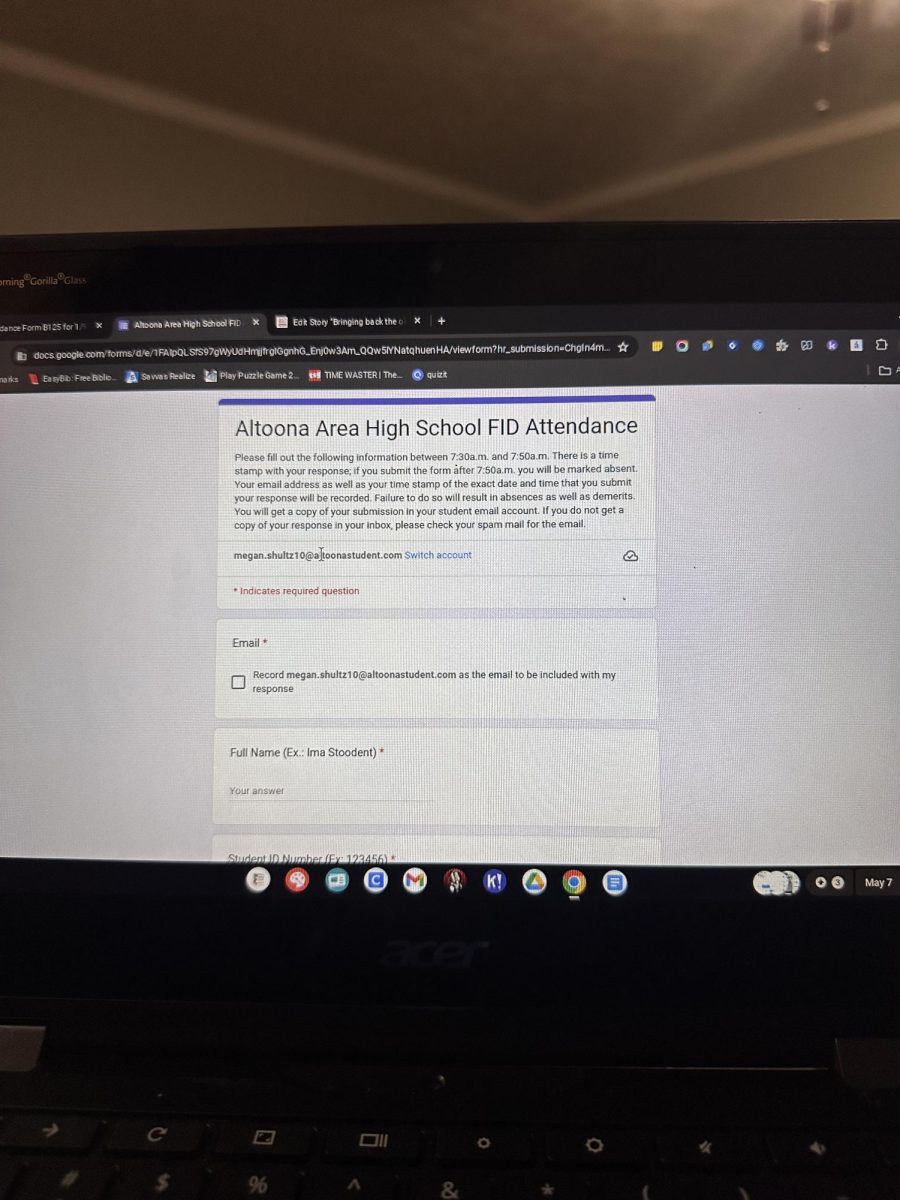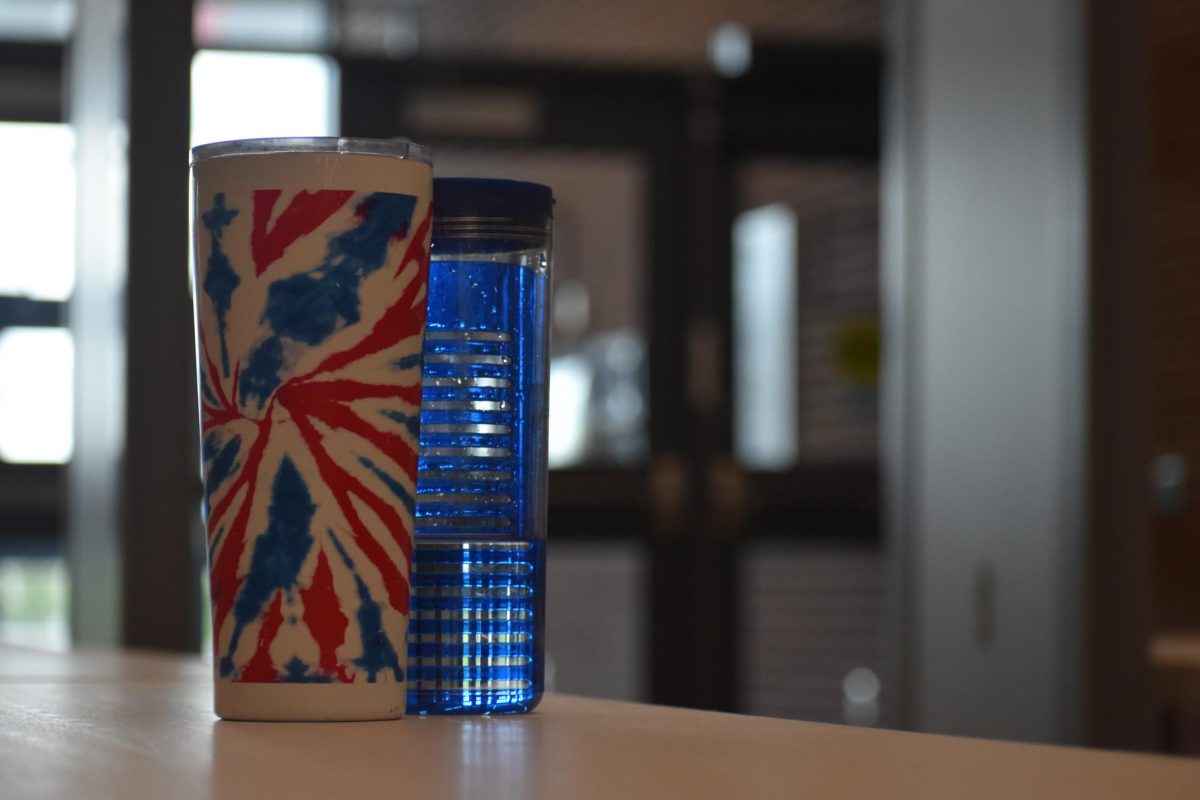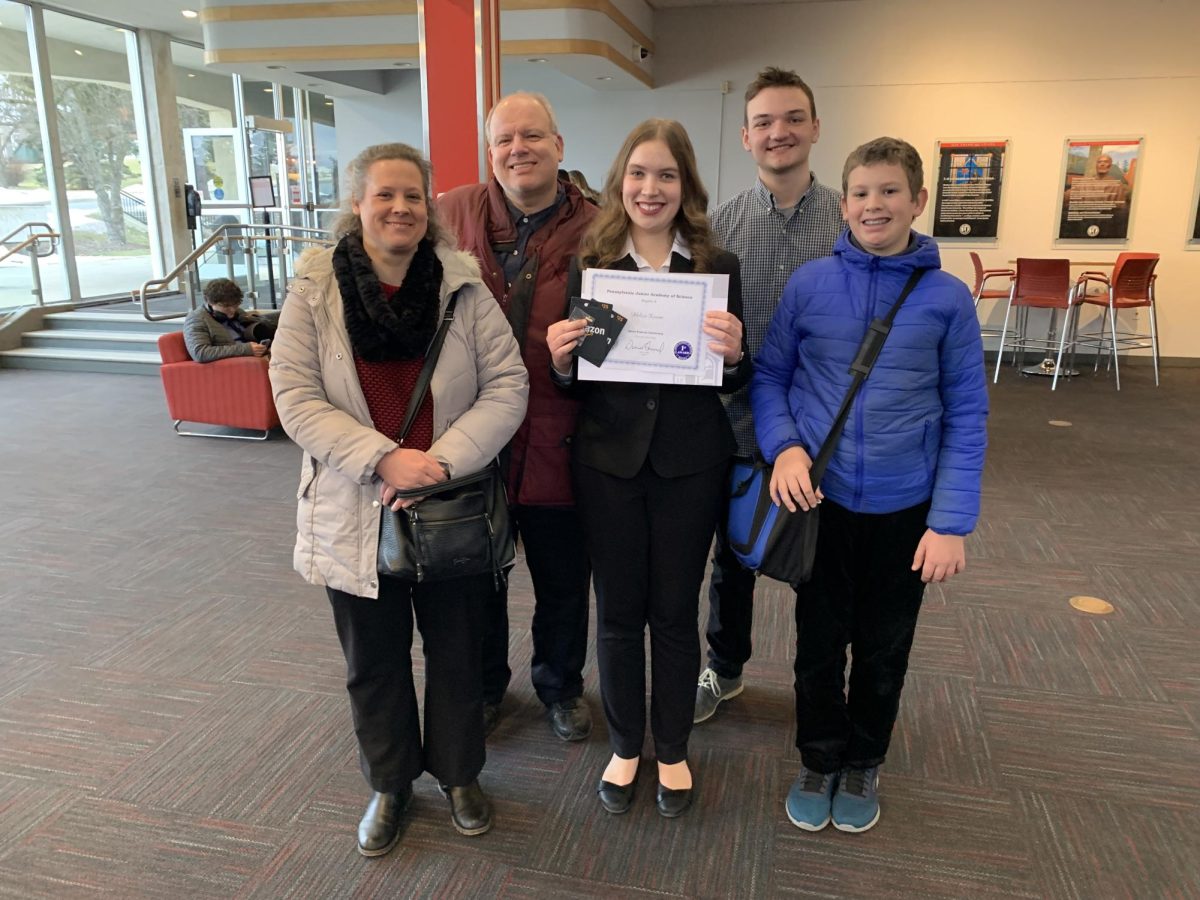On May 13-15, Keystone testing will take place. Monday, May 13 will be the Literature Keystones, Tuesday, May 14 will be the Biology Keystones and Wednesday, May 15 will be the Algebra I Keystones.
This year, testing days will return to asynchronous for those who are not taking the test.
“We started doing asynchronous days when COVID-19 hit to try to maximize social distancing,” assistant principal Kerri Harrington said. “When that whole thing passed, we noticed low attendance, so we did away with the asynchronous days to try to get kids into the school. After getting familiar with FID, we thought it would be a good idea to split the kids back into the asynchronous days to get better results from those that are testing.”
Students who aren’t testing can make the most of these asynchronous days by completing tasks on their to-do lists.
“Being asynchronous during testing is better so that kids can get caught up on any missing work, and we don’t have to sit in a room all day,” senior Maddie Arnold said.
The opportunity to conduct asynchronously will hopefully be a positive one as it should be a help to all students and staff.
“It will limit the number of disruptions for students who are testing and allow teachers the ability to be accountable for a smaller number of students,” science teacher Deidra Dumm said. “For non-testers, hopefully it will give them some time to get caught up and finalize all of their work for the end of the year.”
The asynchronous schedule will run the same as how a FID runs. The Keystones will follow the same procedure as every year.
“Asynchronous students are required to fill out the attendance form in the morning,” Harrington said. “Throughout the day, teachers will post assignments for the day that students will complete for a grade. Testers; however, will come to school in the morning, go through security checks and report to their homeroom. In homeroom, each person will receive a pass saying what classroom they will be testing in. Then they will report to that room to complete the first module. Everyone will eat the same lunch, then complete the second module.”
Arnold expresses her excitement to be able to stay in the comfort of her home to complete school work, but that doesn’t mean there are no concerns.
“It will be nice to get work done and enjoy the weather, but some of the kids probably won’t complete work or wake up on time to fill out the attendance form before the time limit is up.” Arnold said.
This year, some students may face a scheduling conflict between the different tests that are required.
“Fortunately, many of the students who are taking AP tests are more than likely not taking Keystones because many are seniors,” Dumm said. “For the underclassmen, it will be a challenge to take both. However, those students are typically very motivated and will put forth the effort.”
Both Harrington and Dumm have high expectations for both the non-test takers and the testers. This change will hopefully be recognizable to the students and the staff.
“I think it will leave a positive impact on everyone because the people testing won’t be thinking about the movie their friend is watching in the auditorium and the people at home won’t be doing absolutely nothing,” Harrington said. “It will be a calmer environment because there won’t be a ton of movement in the hallways to distract the kids.”
“With everything going on in the building, I think it is wonderful,” Dumm said. “That week, the teachers are pulled in so many different directions so it will be a bit more relaxing.”
If all goes as planned this year, Keystones will continue to operate this way.
“I am excited to test it out, and I’m hoping it will bring better scores,” Harrington said. “My only concern is that students won’t get on and complete work and treat it like a day off instead.”









